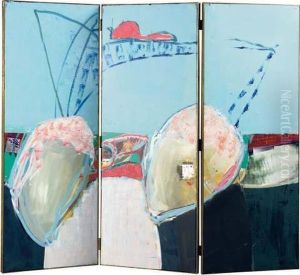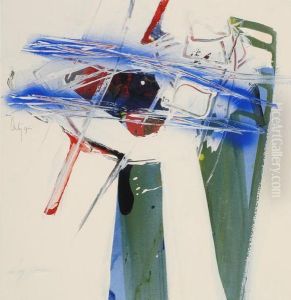Artur Grimm Paintings
Artur Grimm, born in 1828, was a German artist whose work and influence spanned the latter part of the 19th century, a period marked by significant transformation in the art world. Though not as widely recognized as some of his contemporaries, Grimm's contributions to German art, particularly in painting and illustration, provide an interesting insight into the era's cultural and artistic transitions. His life and career reflect the broader movements of Romanticism and early Realism that were prevalent in Europe at the time.
Grimm's early years were spent in Germany, where he received his initial art education. Like many artists of his time, he would have been influenced by the shifts in European art, including the move away from neoclassical and romantic traditions towards more realist and naturalist approaches. Throughout his career, Grimm worked across a variety of mediums, but it was his paintings and illustrations that garnered the most attention. His subjects often included landscapes, historical scenes, and everyday life, showcasing his versatility and keen eye for detail.
Throughout his career, Grimm participated in the German art scene, contributing to exhibitions and taking part in the artistic community. His works were appreciated for their attention to detail, composition, and ability to capture the essence of his subjects. Despite facing the challenges of an evolving art market and the changing tastes of the public and critics, Grimm managed to sustain a productive career.
After his death in 1903, Artur Grimm's contributions to German art continued to be recognized, albeit in a more modest capacity compared to some of his more famous peers. His legacy is preserved in various collections and museums in Germany and beyond, where his works continue to be studied and appreciated for their historical value and artistic merit. Grimm's life and work exemplify the journey of a 19th-century artist navigating the complexities of an ever-changing art world, making his biography a valuable case study for understanding the period's artistic developments.





